Frequently Asked Questions
Will the oysters be fished or harvested in the future?
No, the area is closed off to fishing and the areas designated for restoration are a protected marine environment as directed by the Marine Institute of Ireland.
Can I go to have a look at where the restoration has taken place?
Yes, we can provide the exact co-ordinates and a visit can be arranged with some planning.
The co-ordinates of the first phase of restoration are 53.489° N, 9.396° W
How do you know that the restoration efforts have worked?
Sampling is carried out each year by placing bags of oyster shells at various points in the area when the water temperature is 16 degrees or above.
The bags are then lifted around November each year and analysed to understand the levels of new oyster settlement that has occurred during the spawning season.
This method has low impact on the seabed but gives a good indication as to the overall success of the restoration in a particular area.
How much seabed are you planning to restore?
The total area available for restoration is 180 hectares. The first phase comprising 10,000 square metres was completed over the summer 2022.
How will the oyster beds contribute to biodiversity?
An oyster bed creates a good habitat for other marine life to grow including seagrass and seaweeds as the filtered water allows sun light to penetrate the sea floor. Marine grasses and seaweed provide shelter for fish to spawn. Juvenile fish and other small marine animals find shelter on the reef. This in turn attracts larger predators like mackerel to feed.
Are the oysters a native Irish species?
Yes, their scientific name is Ostrea edulis. They are also known as the European Flat Oyster. These oysters are native around the coast of Ireland and Northern Europe.
What is the motivation behind Green Ocean Coffee?
We constantly strive to be better and make a difference. Green Ocean Coffee is a conduit that allows our customers to participate with us in this effort allowing us to achieve something much bigger than what we could achieve by just working alone.
What is Direct from Farm Coffee?
Our Coffee is all sourced direct from farm which means it is bought directly from the coffee farmer. By dealing directly with the farmer this ensures that the supply chain is simplified, and that the farmer gets a better price than they might receive the traditional way. We believe in investing in the future, in the land, and in the people.
Sustainability is built into the entire supply chain in order to prevent exploitation and ensure that businesses and workers within the communities thrive now and into the future.
Some of the coffee Farmers that supply Green Ocean Coffee Beans are listed below:
Kenya – Mutwiri Coffee Estate – Farmer: Charles Mutwiri, Region: Mount Kenya
Brazil – Roccaporena – Farmer: Geraldo Leonardo Rosa, Region: Alto Mogiano
Brazil – 3 Porteiras Farm – Farmers: Pedro and Maria Helena, Region: South Minas
What is speciality coffee?
Speciality coffee is defined as any coffee that scores above 80 points on a 100 point scale by a certified coffee taster (SCAA) or by a licensed Q Grader(CQI). Typically, speciality coffee is grown at high altitudes, with much care and attention from the farmer.
All three of the Green Ocean Coffee blends are roasted in Ireland and categorised as speciality coffees. See our coffee page for more information about these three premium blends that make a meaningful difference!
Motivation
The Importance of Restoration

